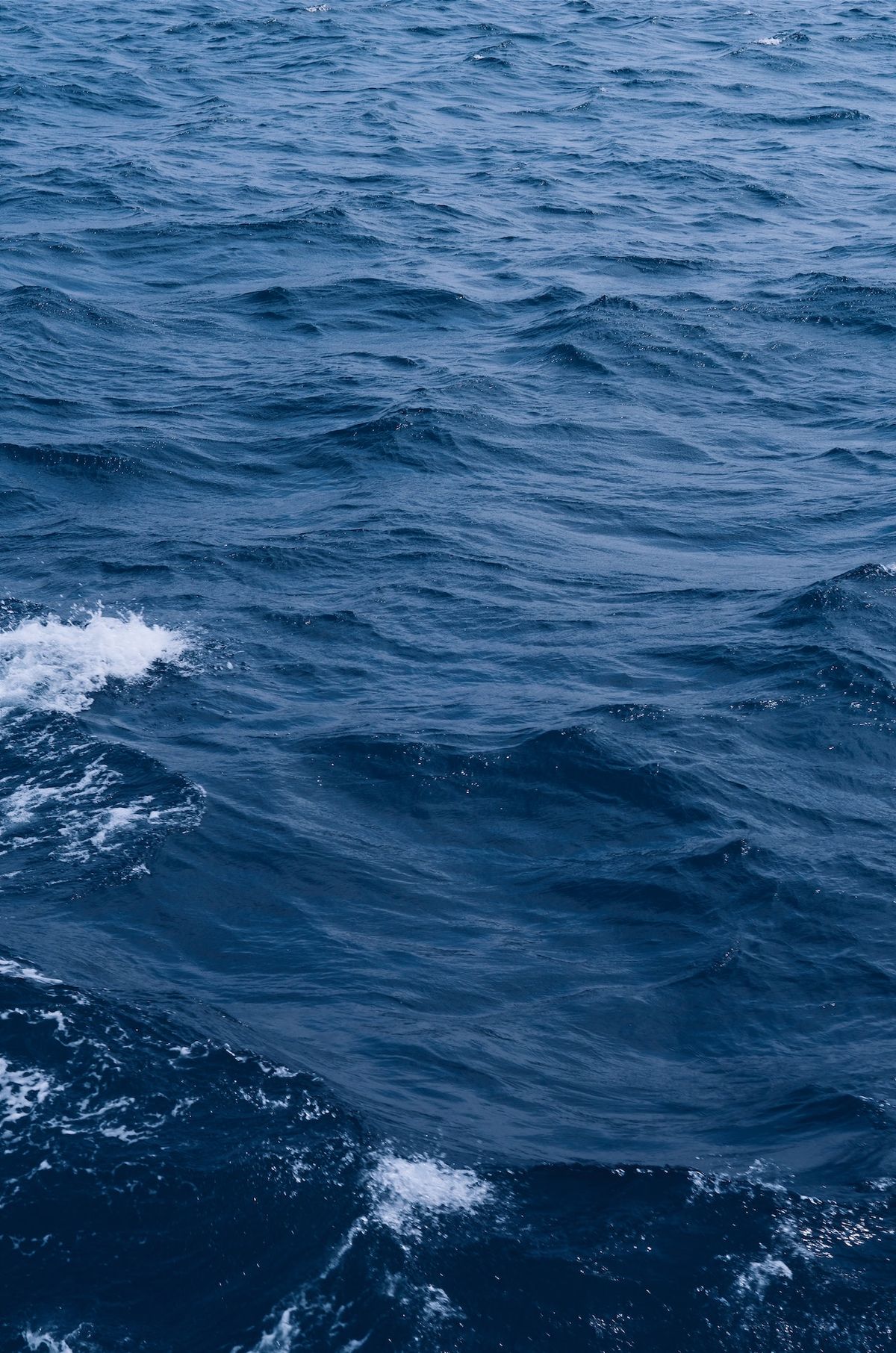Over 19,000 sea volcanoes were just discovered under the sea
There have been problems with submarines crashing into underwater volcanoes, aka seamounts.

A few minutes every morning is all you need.
Stay up to date on the world's Headlines and Human Stories. It's fun, it's factual, it's fluff-free.
There have been problems with submarines crashing into underwater volcanoes, aka seamounts.
In 2005, the USS San Francisco hit one when it was going at top speed, resulting in one death and a whole bunch of injuries. The same thing happened again in 2021 with the USS Connecticut hitting a seamount in the South China Sea, damaging its sonar capabilities.
The issue here is that only a quarter of the whole sea floor has actually been mapped out via sonar, which is essentially how we humans can see what’s going on down there. So we just haven’t been able to figure out where a lot of these seamounts are or how many there are.
But now, *drumroll please,* scientists have developed a way to find these seamounts, and finding out the truth about these geological features is a bit mind-bending.
But before we go into that – question – why should we care about the mountains at the bottom of the ocean? Well, we’re glad you asked. Aside from these seamounts being dangerous to submarines and ships, this new research can help us understand a ton of things, from ocean currents to climate change. When it comes to climate change, these seamounts help control the ocean flows that isolate a lot of the world’s heat and carbon dioxide. On top of all this, they also hold a lot of rare-earth minerals.
This month, a new catalog was published, showing the discovery of more than 19,000 seamounts. They were discovered using high-res radar, which could see seawater mounding above hidden seamounts, moving this way because of the seamount’s gravity. David Sandwell, a marine geophysicist who helped direct the project, called this discovery "mind-boggling."
Before this, we only knew of around 24,000 of these seamounts existing. We still don’t know how many there actually are, but using radar instead of sonar could help us map them out better moving forward.
John Lowell, chief hydrographer of the National Geospatial-Intelligence Agency (NGA), says, “The better we understand the shape of the sea floor, the better we can prepare [for climate change].”
This is also big news for understanding and protecting the ocean’s biodiversity. These seamounts are total magnets for all kinds of ocean life. “We can’t protect the things if we don’t know they’re there,” explains Chris Yesson, a marine biologist at the Zoological Society of London’s Institute of Zoology. He adds: “We won’t waste our time as much.”




Comments ()